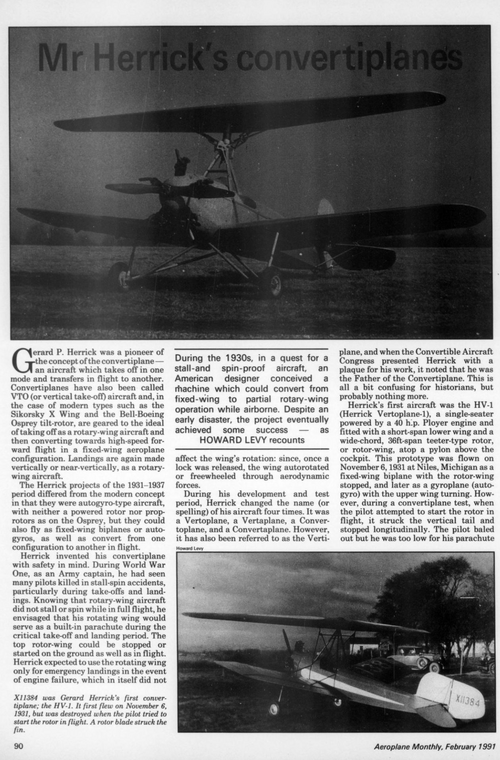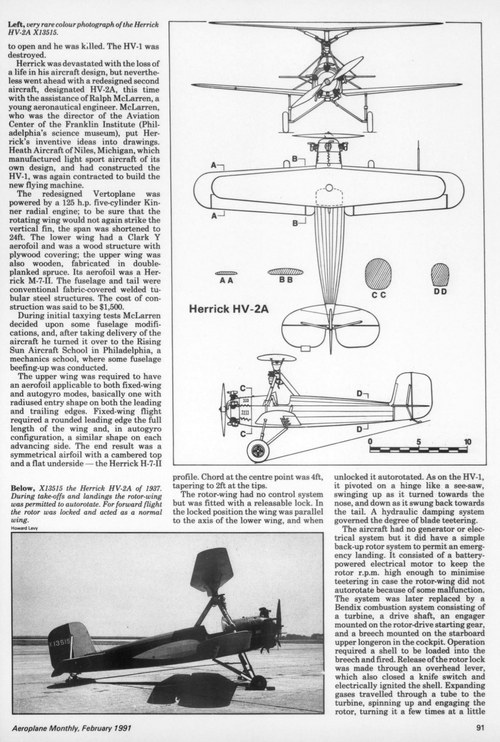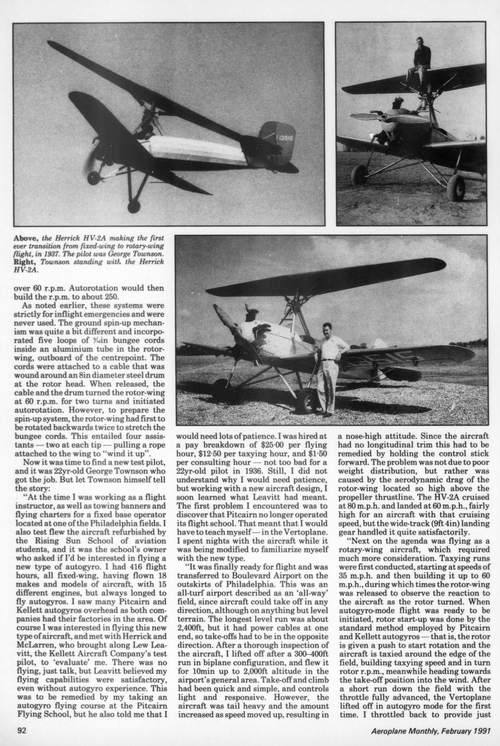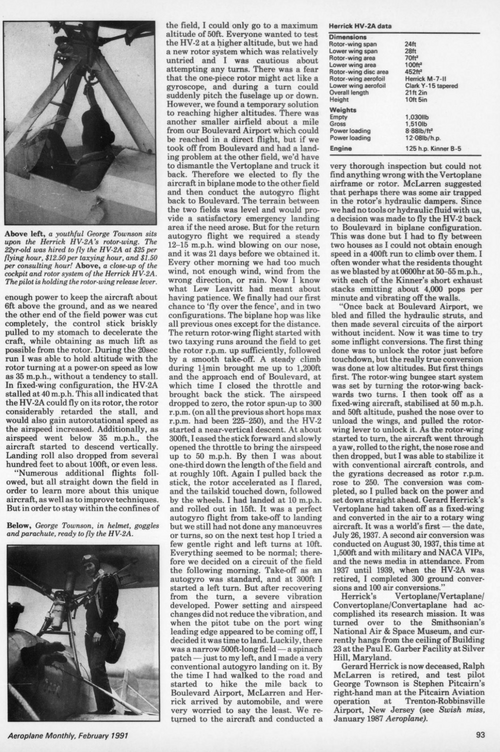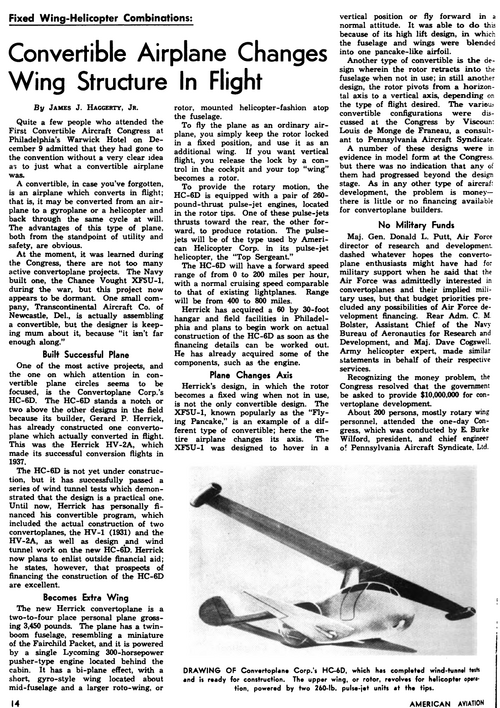- Joined
- 25 June 2009
- Messages
- 13,711
- Reaction score
- 2,871
From A Critical Re-Examination of the Franklin Institute Rotating Wing Aircraft Meeting:
Much more on Herrick can be found in the source document: http://vtol.org/8248F800-5DFF-11E2-AB4E0050568D0042
Also see the Herrick Finding Aid: http://ebookbrowse.com/herrick-finding-aid-pdf-d6306568
Also on this forum: http://www.secretprojects.co.uk/forum/index.php/topic,5207.msg91861.html#msg91861
Herrick’s initial design, the HV-1, dubbed the Vertoplane (X11384), flew for the first time on November 6, 1931. Powered by a tiny three-cylinder 48 horsepower Poyer engine (the contemporary 1931 Pitcairn PCA-2 and PCA-3 Autogiros were powered Wright R-975/E and E2 engines with 240 – 300 hp, while Pitcairn’s attempt to create a lighter craft, the PAA and PA-18 autogiros featured Kinner engines with 125 – 160 hp), its crash in its maiden flight resulted in the death of it pilot. Taking off in biplane mode, the pilot released the upper wing in transition to autogyro mode to descend, but the aircraft vibrated uncontrollably and almost immediately dove to the ground.
Undeterred, Herrick immediately set about designing a new model. By 1936, after much redesign and experimentation, and securing financial backing, he had constructed the Herrick HV-2A (X13515). Then called the Convertaplane, this was a much more sturdy craft embodying significant design improvements – the upper wing/rotor was now reduced in size (to 24 feet) in comparison to the lower wing (28 feet); and an electric motor was employed to start the engine. Flight testing of the biplane, with full cantilever wings, but lacking struts or wires between the wings, began in October of 1936 at Boulevard Airport in Northeast Philadelphia with a pilot more distinguished by his drinking and carousing than dedication to the project. Herrick soon replaced him with George Townson who had been active with Pitcairn aviation, and who claims to have had words with Amelia Earhart just before her historical 18,415 feet altitude record in a PCA-2 in April of 1931. The gross weight of the aircraft was 1700 lbs., and the engine was the 125 hp, air-cooled, 5-cylinder Kinner.
After the HV-2A flew satisfactorily as a fixed wing craft, the flight testing turned to the autogyro (rotating wing) mode. The HV-2A was not able to ‘spin up’ the upper wing (rotor) mechanically as no connection had been made to the engine, as on the Pitcairn PCA-2. In the air, the upper wing would be released to rotate, initially powered by several 5/8 inch, rubber bungee cords inside each upper wing half and running through an aluminum tube. Each of these wing cords was connected to a cable which wound around a spool. Prior to takeoff, two people would grasp each wingtip and walk twice around the central pylon in the opposite direction to autorotation – the upper wing was then locked in the biplane cantilever wing position. When the pilot released lock, the bungee cords would cause the wing to rotate for two turns at 60 revolutions per minute. The now-spinning wing would then rotate freely and the flow of air through the disk would increase its speed to 220 revolutions per minute in autorotation.
Understandably, the first tests of the HV-2V’s autorotation abilities were not in conversion from horizontal flight, but in take-off as an autogiro. There, bungee cords could not provide sufficient rotation to achieve flight, so the HV-2V was taxied around the perimeter of the airport with the flow of air slowly increasing the rpm of the rotor (as with the early Cierva and Pitcairn autogiros). Takeoff was achieved with 180 rpm, and, once airborne, autorotation increased to 220 rpm. The rotorcraft flights proved the abilities of the HV-2V in autorotational flight, so the decision was made to attempt a mid-air conversion. However, in both autogyro and biplane modes, higher-then-expected drag was noted as well as a tendency to veer to one side. While the former was never solved, the latter was controlled by pilot technique.
For safety the first conversions from biplane to autogiro were at low level — and were successful. A public demonstration on July 30, 1937 gained national publicity when the media photographed the air-to-air Convertaplane conversion at 1500 feet, and the inventor was heartened by expressions of interest by United States Navy, but little came of that as no funds were provided for further development. With the public demonstrations in Germany of the helicopter and the coming of WWII, interest dimmed in Herrick’s vision although he continued to design (but not construct) more sophisticated machines, earning him the title of “dean of convertible aircraft designers”. The HV-2A made more than 100 air conversions prior to retirement to the Smithsonian Institution’s Silver Hill Restoration Facility in 1954.
Much more on Herrick can be found in the source document: http://vtol.org/8248F800-5DFF-11E2-AB4E0050568D0042
Also see the Herrick Finding Aid: http://ebookbrowse.com/herrick-finding-aid-pdf-d6306568
Also on this forum: http://www.secretprojects.co.uk/forum/index.php/topic,5207.msg91861.html#msg91861
Attachments
-
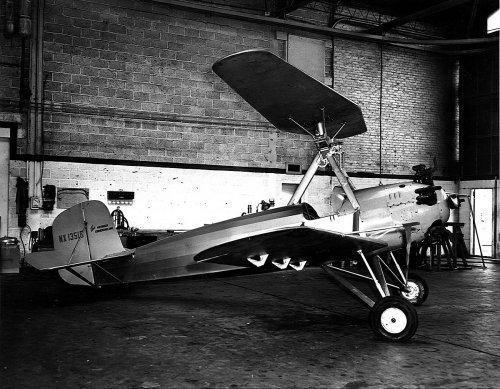 NX13515 small.jpg408.7 KB · Views: 560
NX13515 small.jpg408.7 KB · Views: 560 -
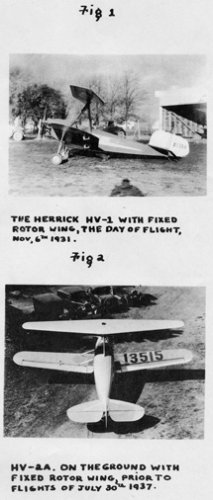 convertible-aircraft-photos-1946-05-07-01.jpg44.5 KB · Views: 469
convertible-aircraft-photos-1946-05-07-01.jpg44.5 KB · Views: 469 -
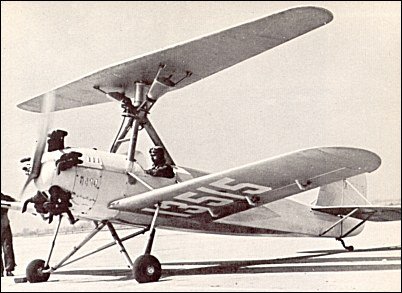 herrick (2).jpg33.5 KB · Views: 451
herrick (2).jpg33.5 KB · Views: 451 -
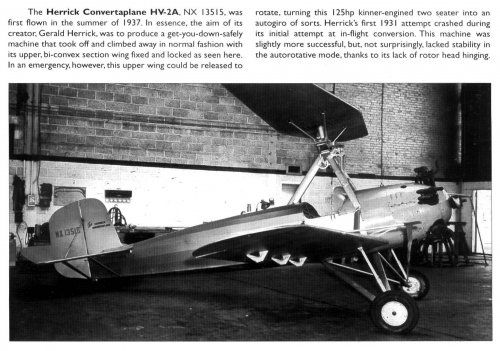 Herrick HV-2A.jpg460.8 KB · Views: 433
Herrick HV-2A.jpg460.8 KB · Views: 433 -
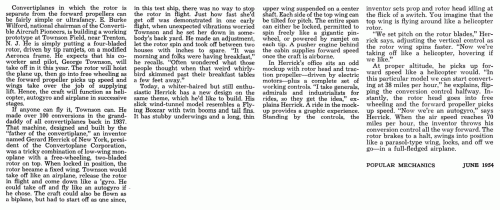 Herrick text.gif1 MB · Views: 379
Herrick text.gif1 MB · Views: 379 -
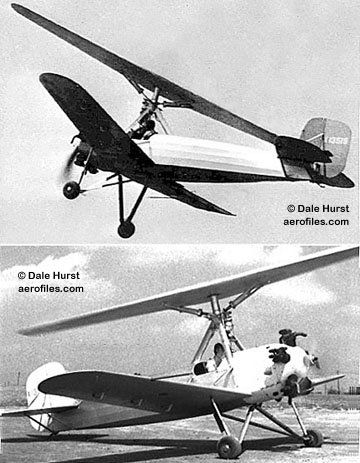 herrick.jpg46.5 KB · Views: 64
herrick.jpg46.5 KB · Views: 64 -
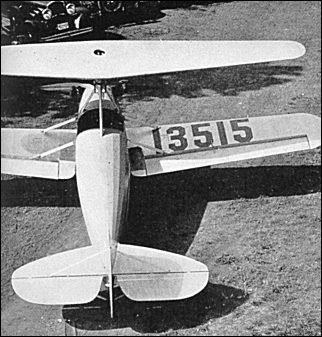 herrick_1.jpg30.7 KB · Views: 69
herrick_1.jpg30.7 KB · Views: 69 -
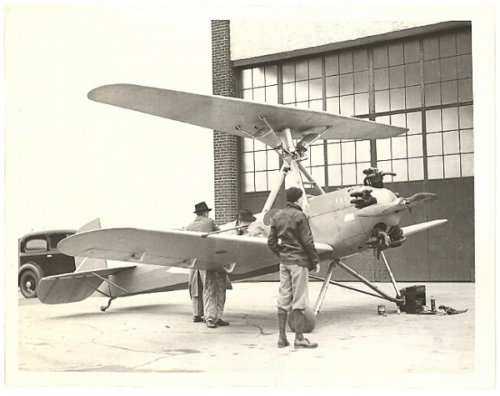 stranomainteressante.jpg203.8 KB · Views: 81
stranomainteressante.jpg203.8 KB · Views: 81

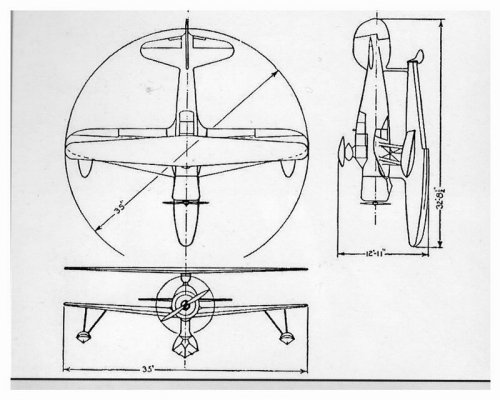
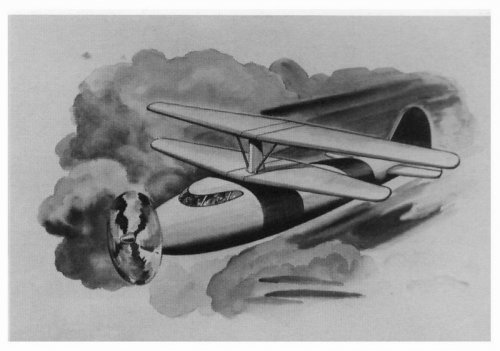
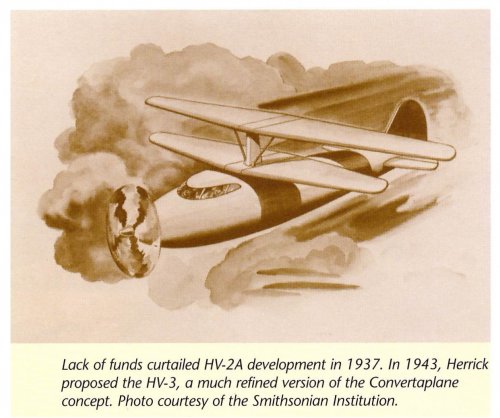
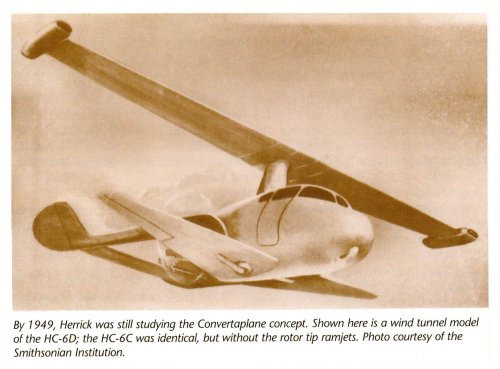
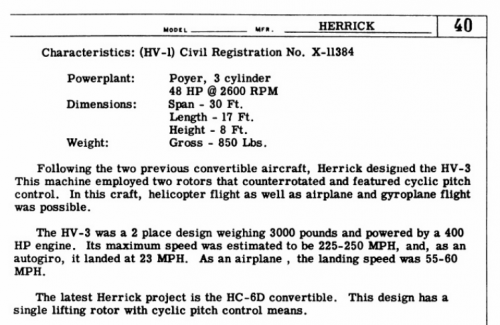
![342 FH B32838 Herrick HC-6 Convertoplane [42115AC] copy.jpg](/data/attachments/185/185380-cab710cfdfccc2c10a0b9e17949afb7c.jpg)
